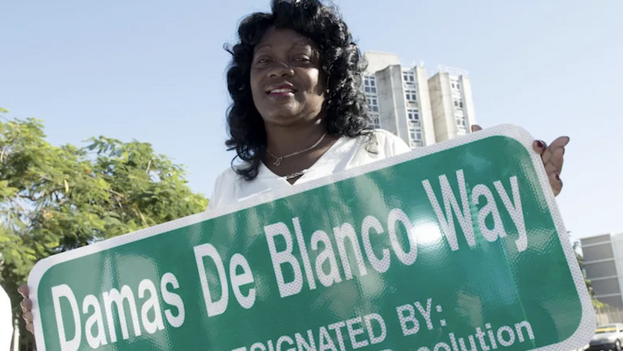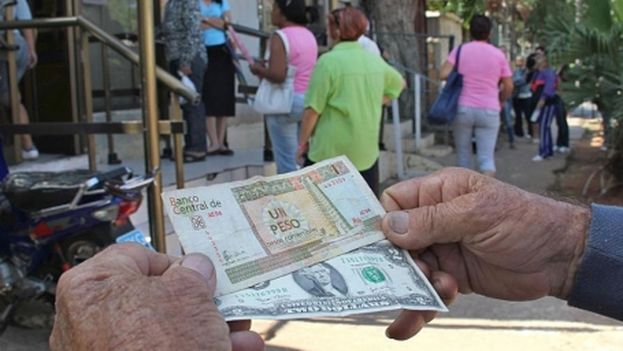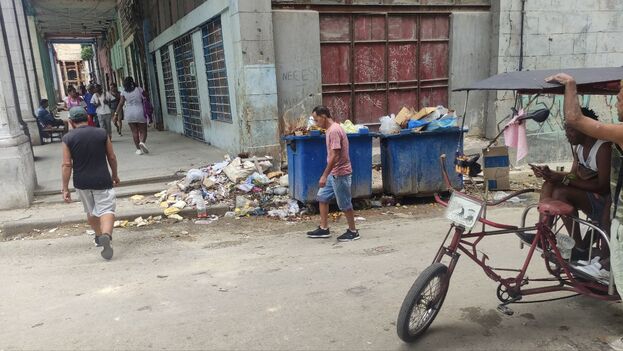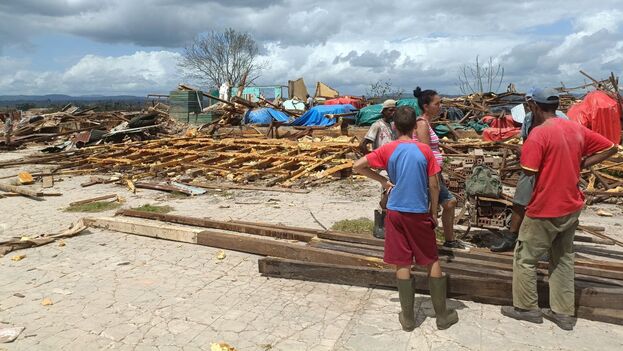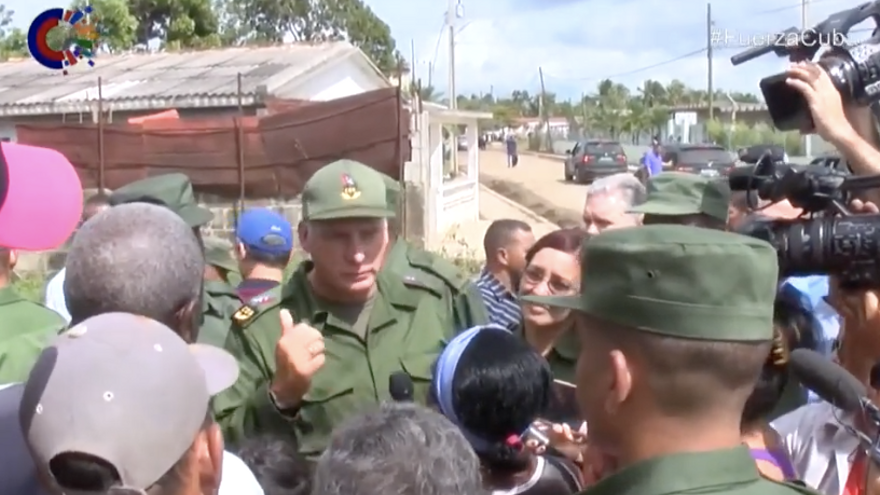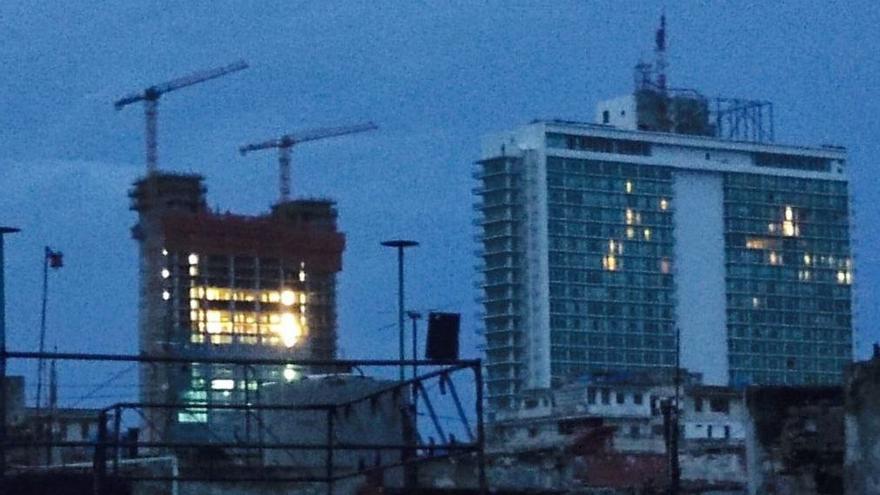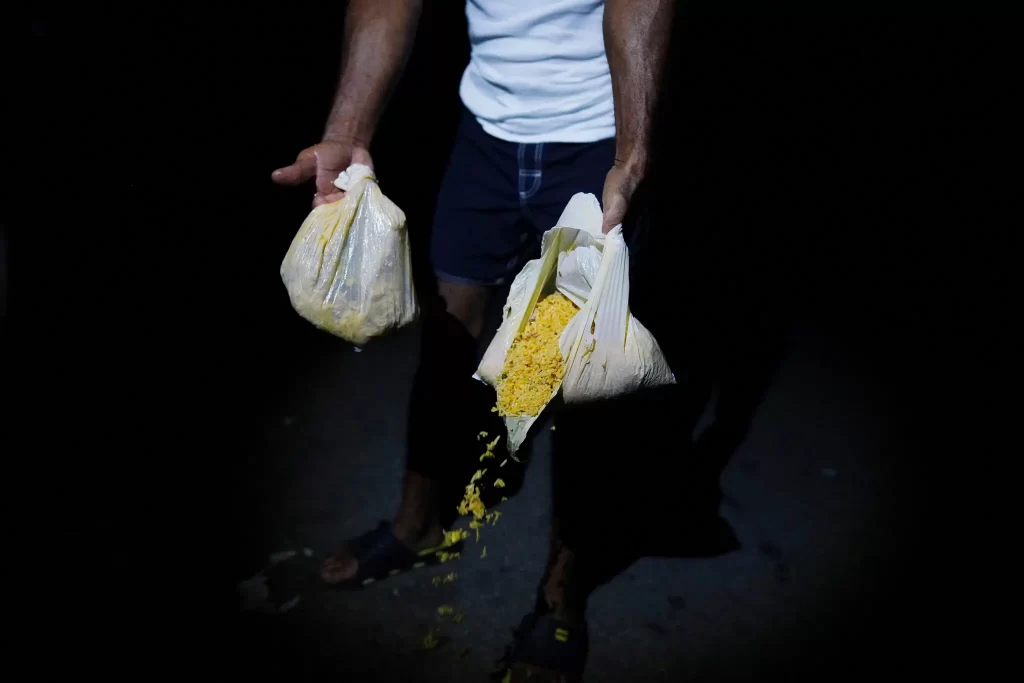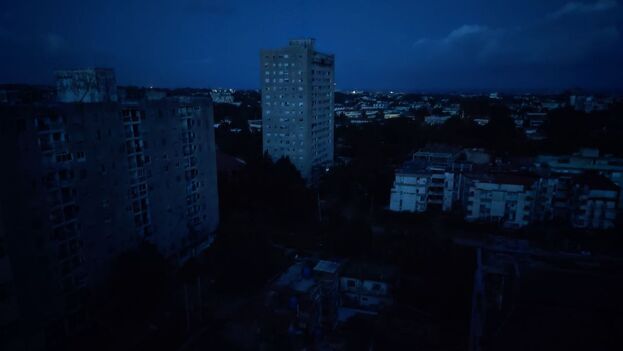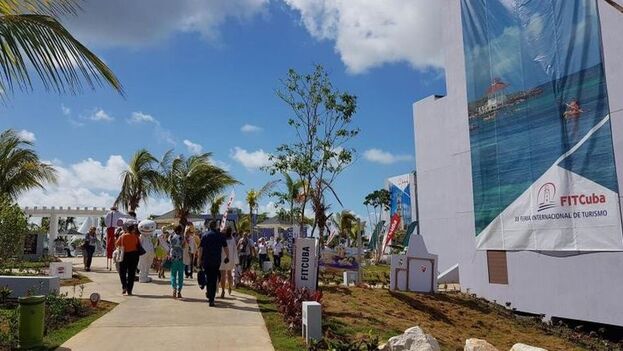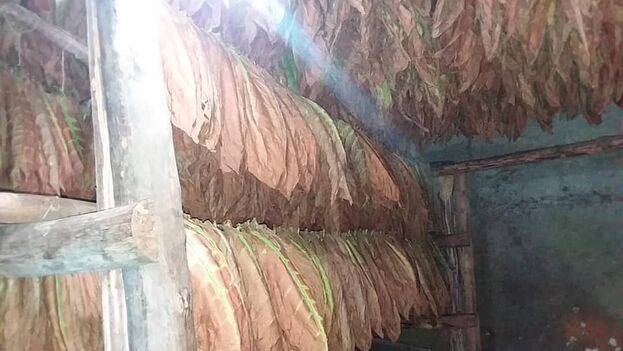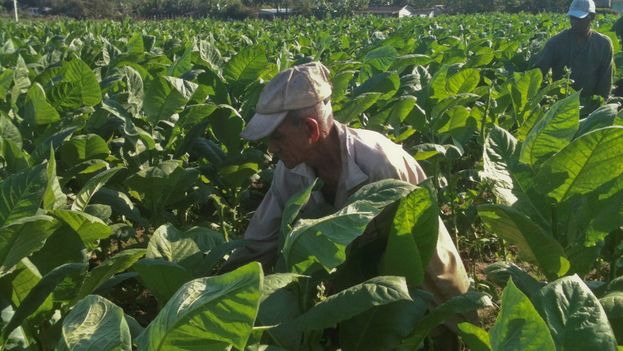
![]() 14ymedio, Eliás Amor Bravo, 30 September 2022 — It is not clear that getting everyone to pitch in is what is needed, or the most efficient way to restore normalcy in the aftermath of a hurricane. Though there are more appropriate ways of dealing with natural disasters, Cuba’s communist regime still prefers to rely on what it calls “popular mobilization.” Let’s hope they don’t live to regret it.
14ymedio, Eliás Amor Bravo, 30 September 2022 — It is not clear that getting everyone to pitch in is what is needed, or the most efficient way to restore normalcy in the aftermath of a hurricane. Though there are more appropriate ways of dealing with natural disasters, Cuba’s communist regime still prefers to rely on what it calls “popular mobilization.” Let’s hope they don’t live to regret it.
The work of recovery is complicated and requires training, not to mention that not all disasters are created equal. Having self-employed workers and those in the private sector sign up to do collective labor hardly seems like the right solution either. The more time they spend doing this, the less time they have to get their businesses up and running.
This collectivist approach to disaster recovery is a trait that sets Cuba’s communist regime apart from all other countries in the world. It is unclear whether this is a result of totalitarian ideology, which informs all government decisions, or just one approach for getting things back to normal. The effects of previous hurricanes are well-known. The collectivist formula involves an uncertain future in which every effort, such as cleaning up the streets, must be carried out by work crews from different organizations and directed by means of ideological slogans rather than competent leadership.
Let’s start at the beginning. It does seem logical that Pinar del Rio, the most province most severely impacted by Hurricane Ian’s high winds, should receive direct aid in the form of resources from the central government. Other provinces are expected to get aid from international organizations, small and medium-sized companies and countries such as Mexico and Venezuela. Whatever it takes. But the temporary nature of recovery work and the improvisational nature of the process make this impossible. continue reading
Clearly, in these moments of uncertainty, President Diaz-Canel seems more comfortable with the “general mobilization” approach, having passed it along, according to the communist party newspaper Granma, to senior leaders of the western provinces and to the Isle of Youth special municipal district, which have been impacted to a somewhat greater degree by the tropical storm. The question is: What will he say when, in a month or two, things are no better? Most likely we will see this sooner rather than later, especially in housing.
In response, the minister of construction told Granma, “Trucks from different locations around the country are headed to Pinar del Rio with cement in bulk and in bags, different types of roofing, wood, wire rods and nails.” The aim is to speed up reconstruction. Let’s hope they get there. No doubt these materials are necessary but a house requires much more than nails and cement. And many of us fear that the level of organization and efficiency required for this task are not present in communist Cuba.
Though officials might be trying to speed up home reconstruction by getting materials where they are needed as soon as possible, things are often not so easy or straightforward. It takes time, especially when things are soaked by rain. Diaz-Canel is quoted in Granma as saying, “[Regarding] the subject of housing in Pinar del Rio, we have to work with urgency now, first because of the magnitude of the damage, and second because it is one of the provinces where we still have to restore houses damaged in previous hurricanes.” This is the issue. The current state of housing, ravaged by similar disasters in previous years, needs more than quick fixes. More will have to be done. Meanwhile, specialized manpower, small and medium-sized private businesses and self-employed workers are in short supply.
Some Pinar del Rio residents who lost everything in this latest storm have spent the last six hurricanes in makeshift structures, without ever being able to move into a decent home. In fact, officials acknowledge that “these temporary facilities are the first to collapse from high winds.” Then why are we building them and dedicating resources to something that does not work?
Granma also announced containers of food and cleaning supplies were being shipped to the province. Even the ration system has been streamlined to distribute scarce supplies of chicken, sausage, rice, dried beans, cooking oil, potatoes and other foods. It is yet to be seen how much of the nation’s food supply will be lost to electrical power outages, not only in the western parts of the country but throughout the island. So far, no figures have been made available.
The newspaper also reported the arrival of the first electrical work crews from Mexico, who have come to provide technical assistance. Are there no such professionals in Cuba? It seems the 72,000 meters of cable and 7,000 insulators to be used to restore the electrical system, which were damaged by Hurricane Ian’s strong winds, are of more interest to the regime than to the Mexican workers. The system is in free fall and, so far, there is no indication that a Venezuelan shipment of 300,000 bags of food, 52 electrical transformers or 22,500 square meters of roofing material have helped. One gets the impression that, given the magnitude of the damage, this is little more than a drop in the ocean.
In any case, Cuba continues to rely on “collective mass mobilization” for its recovery efforts. Though previous experience has shown this approach to be, on balance, a failure, the communist regime has not replaced it a specialized, professional organization to deal with disasters. This is long overdue. Storms will keep coming, and improvisation and populism are not good ways for dealing with them.
____________
COLLABORATE WITH OUR WORK: The 14ymedio team is committed to practicing serious journalism that reflects Cuba’s reality in all its depth. Thank you for joining us on this long journey. We invite you to continue supporting us by becoming a member of 14ymedio now. Together we can continue transforming journalism in Cuba.

